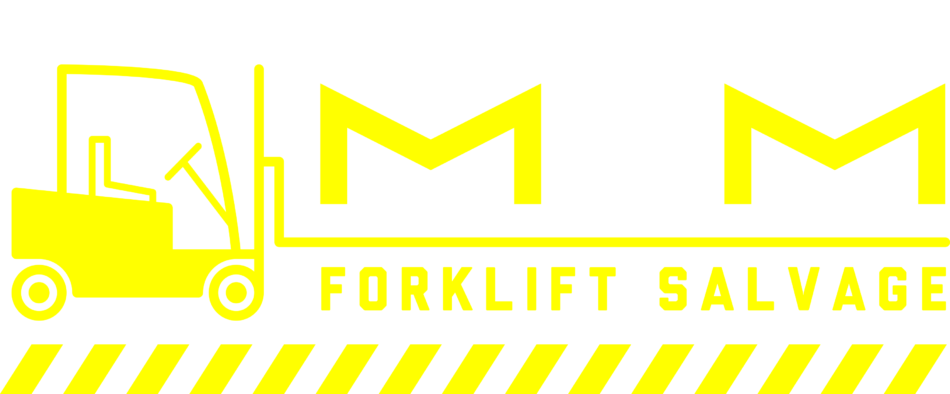In the bustling warehouses and industrial landscapes of today, one indispensable machine stands tall – the forklift. This humble yet mighty invention has revolutionized the way goods are handled and transported, shaping the efficiency and productivity of industries worldwide. But how did this indispensable piece of machinery come into existence? Let’s embark on a journey through the fascinating history of forklifts.
The Early Beginnings
The concept of mechanized lifting can be traced back to the late 19th century. In the year 1887, the British company Linde Material Handling was credited with the creation of the first forklift prototype. This rudimentary version utilized a basic lifting mechanism and was powered by steam. However, it wasn’t until the early 20th century that significant advancements were made in forklift technology.
The Rise of Industrialization
As industrialization swept across the globe, the demand for efficient material handling solutions grew exponentially. In the early 1900s, companies like Yale & Towne Manufacturing and Clark Material Handling Company began producing electric-powered forklifts, marking a significant milestone in the evolution of this machinery. These early models laid the groundwork for the modern forklift, incorporating features such as hydraulic lifting mechanisms and improved maneuverability.
World War II and Beyond
The outbreak of World War II acted as a catalyst for the widespread adoption of forklifts. With the need for rapid production and logistics on the rise, forklifts became indispensable tools in military depots and industrial facilities. Manufacturers such as Toyota and Hyster emerged during this period, further refining forklift designs and introducing innovations such as the introduction of the counterbalance forklift, which remains a standard in the industry to this day.
Technological Advancements
In the latter half of the 20th century, advancements in technology propelled the evolution of forklifts to new heights. The introduction of combustion engines, hydraulic systems, and ergonomic designs significantly enhanced the performance and efficiency of these machines. Additionally, the integration of automation and robotics has revolutionized the way forklifts are utilized in modern warehouses, paving the way for the era of smart, connected forklifts.
Towards a Sustainable Future
In recent years, the focus has shifted towards sustainability and environmental consciousness in forklift design and operation. Electric forklifts have gained popularity due to their reduced carbon footprint and lower operating costs. Moreover, the development of hydrogen fuel cell technology offers a promising alternative to traditional battery-powered forklifts, providing longer operating hours and faster refueling times.
Conclusion
From its humble beginnings in the late 19th century to its status as an indispensable tool in modern industries, the history of forklifts is a testament to human ingenuity and innovation. What started as a simple lifting mechanism has evolved into a sophisticated piece of machinery that plays a vital role in the global supply chain. As we look towards the future, one thing is certain – the forklift will continue to lift, transport, and support the world’s goods, driving efficiency and productivity for generations to come.
